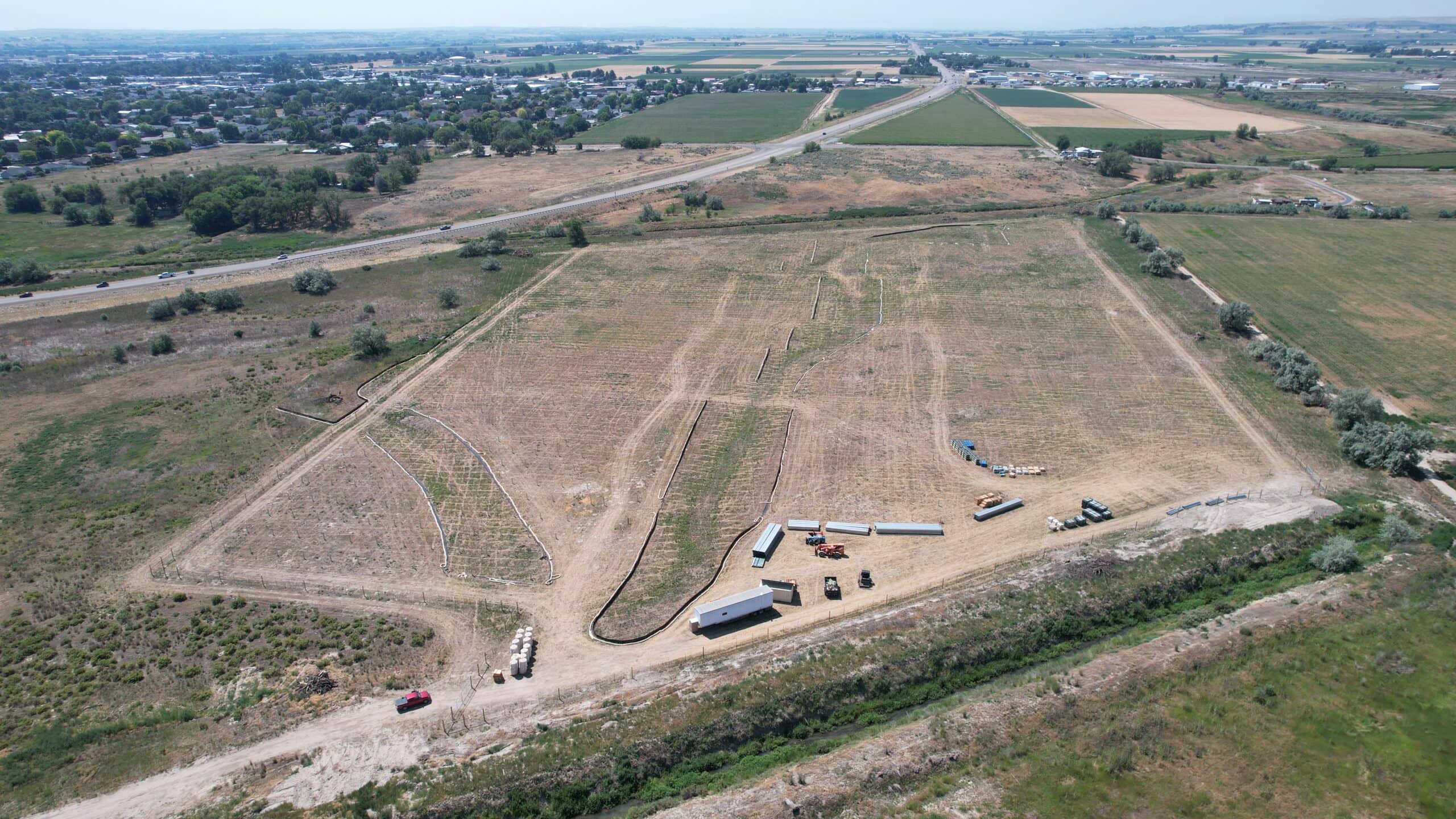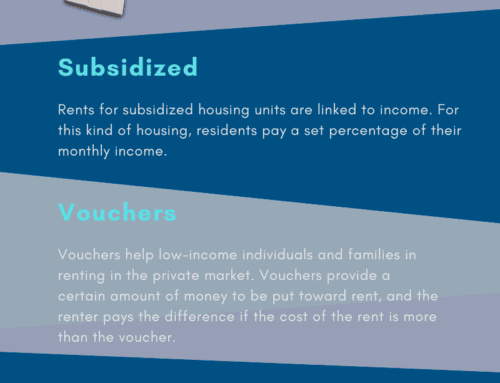Community partners, Trinity Development Alliance (TDA), a nonprofit who works with for-profit and nonprofit organizations to support innovation and sustainability in affordable housing in rural areas, and Fleet Development, an organization that specializes in connecting affordable housing with renewable energy through both rooftop and community solar models, are pleased to announce that they have secured critical grants for renewable energy projects and affordable housing. These grants help pave the way for changing the perceptions of affordable housing and creating cutting-edge green projects, streamlined processes and an even stronger community partnership for renewable energy and affordable housing projects for the present and the future.
The partnership was awarded $900,000 from the Oregon Department of Energy’s Community Renewable Energy Grant Program. Created in 2021 by the Oregon Legislature, the grant program supports renewable energy and energy resilience projects in communities across the state (outside the city of Portland). A key partnership with the city of Ontario paved the way for a grant to support the Verde Light Community Solar Project, an Oregon Community Solar Program effort designed to support low-income multifamily housing, public service buildings, and community service organizations.
“The Oregon Department of Energy is pleased to support projects like the Verde Light Community Solar Project,” said ODOE Director Janine Benner. “Not only are we bolstering renewable energy in the Ontario community, projects like this also ensure underserved communities can access and benefit from the clean energy transition.”
The good news continues.
The community partners also received $1,000,000 from the Rural Energy for America Program (REAP), a long-standing federal grant program developed by the United States Department of Agriculture (USDA). In the past, larger projects did not have the same kinds of funding opportunities as smaller projects and state funds could be limited. With the passage of the Inflation Reduction Act (IRA) last October 2022, this grant program’s funding for Oregon increased dramatically, to the benefit of the communities the grant serves. The funds will be used to pay eligible project costs once the project is built and operating. To cover construction costs, Fleet and TDA turned to Community Bank, a local bank with 10 locations in Eastern Oregon and Washington.
The community impacts are positive and far-reaching.
“The Biden-Harris Administration and United States Department of Agriculture are focused on building rural economies from the bottom up and middle out,” said Margi Hoffmann, USDA Rural Development State Director for Oregon. “We cannot do this work without community partners like Verde Light. This project will create good-paying jobs, build climate resilience, and cut energy costs for the working families of Ontario. This is the kind of rural innovation that USDA Rural Development is proud to support.”
The grants help secure that vision and execution.
According to Ryan Sheehy, President at Fleet Development, the grants are the keys to a successful implementation. “The total cost of the project is expected to be over $8.5M. With the project located in Idaho Power’s service territory, which has the highest fees and the lowest bill credit rate in the Oregon Community Solar Program, and in this time of inflationary construction and interest rate costs, the project has always been dicey in its financial feasibility. We have started and stopped this project at least twice because of regulatory uncertainty and financial headwinds,” says Sheehy. “The impact of these grants is that it gives us the confidence to move forward and build the project in an area that gets very little renewable energy investment.”
Sheehy continues, “Because of our progress on the project before applying for the grants, we will undoubtedly be one of the first projects to turn the goals of the grant programs into reality.”
Both TDA and Fleet Development are eager to connect low-income housing with renewable energy, as well as being a good steward of supporting new job opportunities for communities in the green sector, both of these factors an important tenet of each organization’s mission, vision and passion.
It is a critically neglected space that the partnership aims to solve. 
The reasons why are straightforward.
Energy costs keep increasing. In fact, recent inflationary costs hit energy prices hard, rising anywhere from 15 to 21 percent in the state of Oregon. These inflationary costs are not budgeted into running housing complexes. The goal is to lower the cost burdens, along with creating environmentally friendly and sustainable projects and processes going forward into the future.
Solving these issues however is not without its challenges.
Projects can be complicated and tend to hit stumbling blocks. For affordable housing, the current built environment exists within a challenging and byzantine book of federal regulations that never contemplated energy efficiency or renewable energy, making projects challenging to execute.
What the partnership has learned over time is that these kinds of projects require patience, perseverance, and big doses of creativity, figuring out work-arounds to obstacles, and even doing things that may seem counterintuitive to the traditional landlord perspective.
It is worth it, as the future looks bright for this kind of investment, literally and figuratively.
“We now have the ability to reduce energy usage and store energy onsite today but it is expensive,” shares Sheehy. “The cost will most likely come down for storage technology over time, and this is the direction I see us pursuing in the next decade.
In about 20 years time, I see the ability for housing projects to generate their own energy and then to be able to share energy with others, like a virtual power plant. Research is happening throughout the nation on this very idea.”
TDA CEO, Kirsten Dernbach, shares her thoughts on the importance of green energy and affordable housing and what the future holds.
“Green energy for affordable housing can result in long-term savings,” says Dernbach. “While upfront costs may be higher for incorporating renewable energy technologies, they can provide substantial savings over the lifespan of the housing units. Lower energy bills help residents allocate more of their income toward other necessities, improving overall affordability.”
Dernbach continues, “The focus on sustainable building practices, energy efficiency, and eco-friendly materials is likely to intensify over the coming years. Builders and architects are increasingly incorporating green technologies and design principles to reduce energy consumption and environmental impact while providing affordable housing options.”
TDA and Fleet Development are delighted to be working together to invest in a vibrant and sustainable future for the communities and the people in Oregon.
Sheehy notes that the partnership has been great for moving forward into the future.
“With our partnership, we can help in important ways to fulfill each other’s missions.”
Dernbach echoes his sentiment, and she, too, feels positive and energetic about the future.
“TDA is grateful for the opportunity to partner with Fleet Development on the Verde Light grant initiative, ” says Dernbach. “The project aligns perfectly with our mission of developing sustainable projects in rural communities, as well as, providing workforce development opportunities by creating new job opportunities in solar energy implementation.”
She continues, “The partnership between TDA and Fleet represents a collaborative approach towards a common goal,” shares Dernbach. “It brings together different expertise, resources, and perspectives to drive positive change. By joining forces, both entities can amplify our impact and advocate for sustainable practices at a broader level.
Overall, our partnership combines environmental, social, and economic benefits, fostering a more sustainable and resilient community in the City of Ontario.”
Read the national USDA press release, click here.







